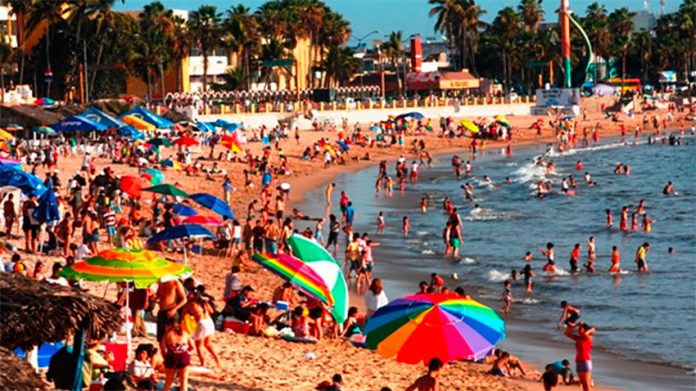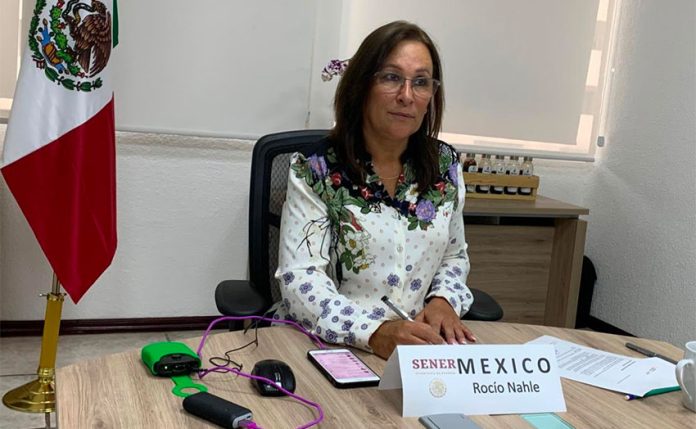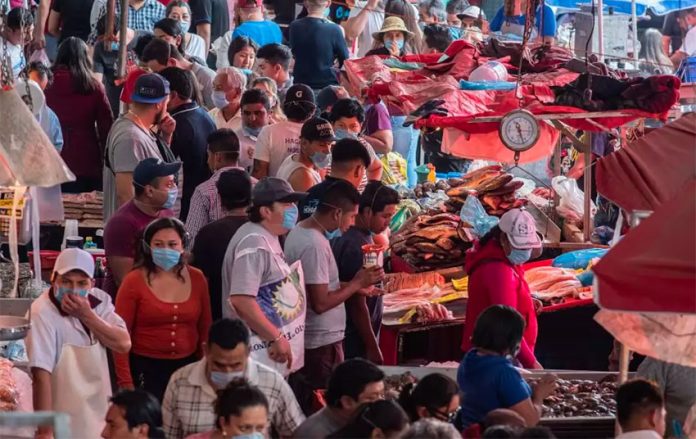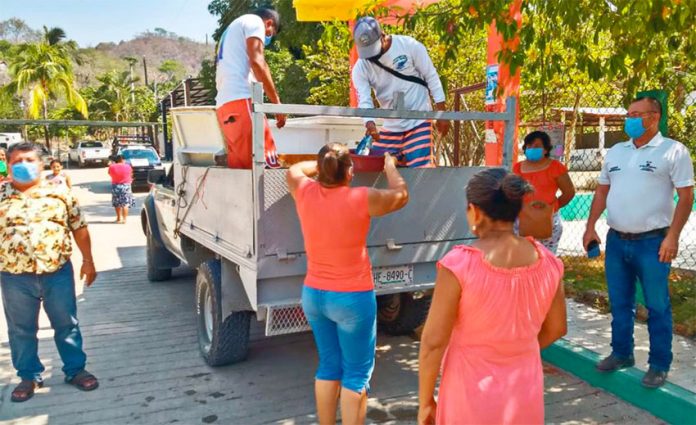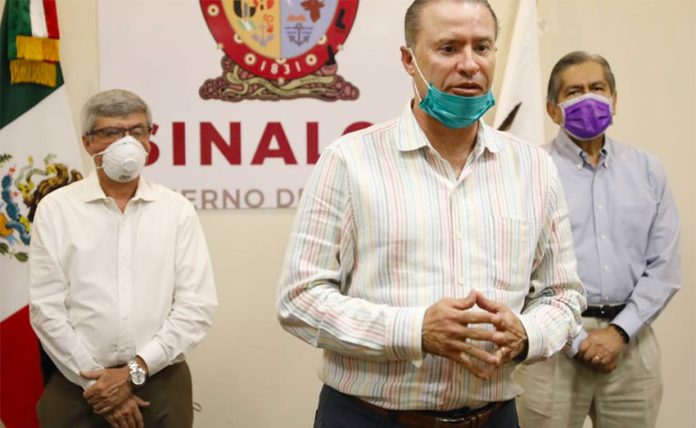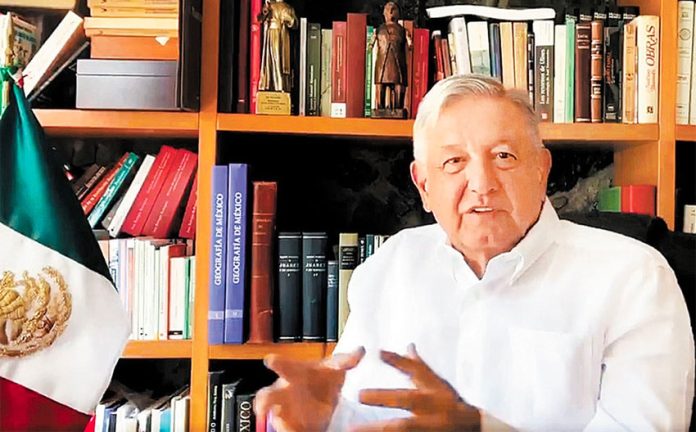Mexico’s coronavirus death toll rose to 332 on Monday after health authorities reported the passing of 36 Covid-19 patients, while the number of confirmed cases of the disease increased by 353 to 5,014.
Health Ministry Director of Epidemiology José Luis Alomía said that hypertension, diabetes and obesity continue to be the most common existing health problems among those who have died.
Just over 11% of Covid-19 patients who have died had a history of smoking, 10% had chronic obstructive pulmonary disease, 7% had kidney problems, 6% had cardiovascular disease, 4% had asthma and 4% had compromised immune systems.
Men account for 70% of the 332 fatalities, while women account for the other 30%. The fatality rate is 6.62 per 100 confirmed cases but 14.6 among those aged 60 or older.
Of the just over 5,000 people in Mexico confirmed to have Covid-19, 58% are men and 42% are women. Two-thirds of those infected have not required hospitalization while the other one-third have. Just over 19% of Covid-19 patients are in serious condition in the hospital and 4% have been placed on ventilators.
In addition to the confirmed cases, Alomía said that there are 9,341 suspected Covid-19 cases across the country and that 37,395 people have been tested for the disease.
The epidemiologist presented a table showing that 879 of the people suspected to have Covid-19 are in the hospital in stable condition, 1,022 are in serious condition and 145 are in critical condition on ventilators. The other 7,295 people possibly infected with coronavirus have less serious symptoms and are recovering at home.
Alomía also said that 84 people suspected of having Covid-19 have died, meaning that Mexico’s death toll from the disease could be as high as 416.
The Health Ministry said last week that the real number of coronavirus cases in the country was probably more than eight times higher than the number of confirmed cases, meaning that more than 40,000 people in Mexico now likely have Covid-19.
With cases of the disease rising steadily, Mexico’s health system is set to come under greater pressure as the number of health workers infected with Covid-19 continues to increase.
Mexican Social Security Institute Director of Medical Benefits Víctor Hugo Borja said Monday that the salaries and benefits of public health workers working directly with Covid-19 patients will increase by 20% throughout the duration of the epidemic.
As the outbreak has worsened, many municipal and state governments have implemented stricter measures to reduce the spread of Covid-19, such as restricting the entry of outsiders.
The governments of the northern border states of Coahuila, Tamaulipas and Nuevo León have now taken the decision to bar the entry of most outsiders, as has that in the Pacific coast state of Nayarit.
Coahuila Governor Miguel Ángel Riquelme said that people who arrive from other states and don’t have an important reason to enter will be prohibited from doing so. The same restriction will apply in Nuevo León and Tamaulipas.
Riquelme said that he and his counterparts in those states came to an agreement to restrict travel in order to limit the spread of the novel coronavirus that has infected 361 people in Coahuila, Nuevo León and Tamaulipas.
Among those who will be allowed to enter are people providing an essential service or seeking emergency health care, he said. The governor also said that there will be restrictions on people’s movements between Coahuila’s 38 municipalities.
In Nayarit, Governor Antonio Echevarría ordered the closure of that state’s borders with Sinaloa and Jalisco. Most confirmed Covid-19 cases in Nayarit (there were 25 as of Monday) have been introduced from those states, he said.





